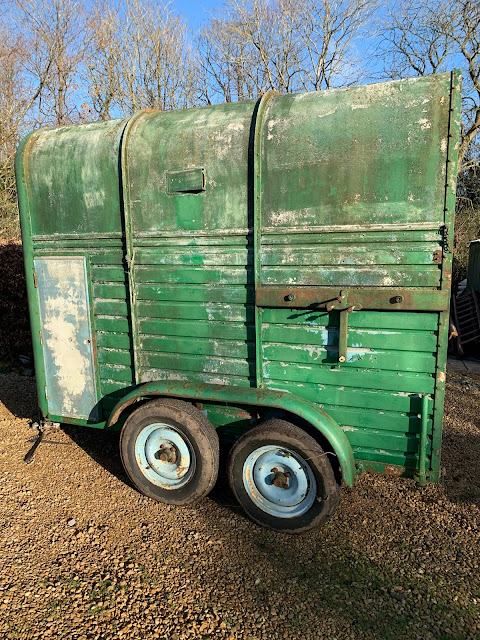You may think I'm going on a bit about cherries, but when you've waited as long as I have to get your hands on some of your own cherries, you certainly do want to make the most of them. I have frozen most of the crop in syrup in plastic boxes. It's worth getting one of these nifty cherry stoners if you have many to do as they get the stone out without wrecking the fruit. Also useful of stoning olives.
They do take up quite a bit of freezer space like this, but I'm not intending they should be there for very long and the space they occupy will be vacated over the coming weeks. I'm not really keen on summer season fruits in the middle of winter anyway. They also bottle very well, and it's a good way of storing them.
Cherry jam is excellent and best made with Morello or sour cherries as they have better setting qualities. I mentioned Cherries Jubilee in my last post and it's a lovely easy pudding if you have some cherries in syrup either bottled or frozen, mine were frozen. I'm sure you'll be fascinated to know that the dish was invented by Escoffier for Queen Victoria's diamond jubilee in 1897, and the original involves thickening the cherry juice with arrowroot or cornflour, which refinement will stretch your cherries to serve more people and looks nice, if you want to take extra trouble and do the flambe stuff. It's not recorded whether HM was amused...
Cherries Jubilee
Cherries Jubilee
Heat the thawed cherries in a small saucepan,and drain off the syrup. Spoon some good vanilla ice cream into individual dishes. In another small saucepan gently heat a sensible amount of brandy, and when it's hot put a match to it and pour it over the cherries, and then over the ice cream, watching out for people's eyebrows. If you're not of an incendiary frame of mind of course you can just heat the cherries and brandy together and pour over the ice cream, which is what I did and it tastes lovely. The pyrotechnic version is good for a dinner party although I recommend rehearsal first to avoid an unexpected visit from the Fire Brigade...
Once, years ago, I overfilled the petrol tank in my little car and parked it at a bit of an angle causing petrol to drip rather ominously from the petrol cap. It was a very hot day, and I was a bit concerned about the safety aspect being as the car was parked right outside my front door. So I phoned the Fire Brigade for advice, not 999 or anything you understand, just their normal enquiry number, and explained my concern. The nice man on the other end said I was right to be concerned, and that I should stay in the house and close the front door, and they would send someone along. Someone, he said. No sooner had I hung up the phone than a huge fire engine with sirens, flashing lights and the full works came hurtling down our little road, causing all the neighbours to come out onto the street to see where the fire was, and vast numbers of burly firemen running along, hoses aloft, ready to deal with the imminent danger to life and limb. Now I love a man in uniform, but I have to confess to being slightly overwhelmed and embarrassed at the response to my little domestic scenario. They were all lovely about it though, and said that I had done the right thing, and they had to respond in that way because it could have been much more serious than it had seemed to me at the time. Apparently petrol being highly explosive, I could have blown up the whole street.
It must be great having me as a neighbour.






















